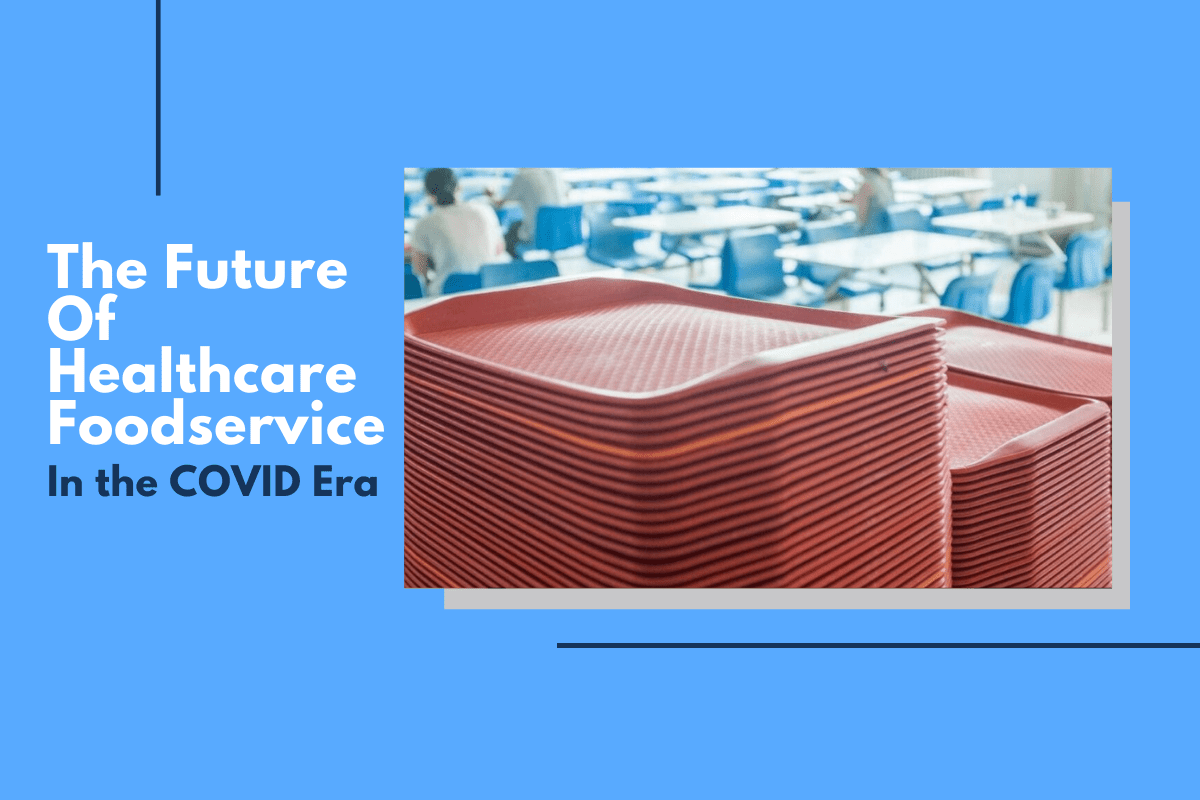
Hospital and healthcare dining have been greatly impacted by the coronavirus pandemic.
To summarize the situation, the most profitable types of foodservice delivery have been limited, and higher patient censuses cannot make up for the difference.
Let’s take a closer look at the details.
In hospitals and in-patient healthcare facilities, the majority of the foodservice profits are made from staff dining and from visitors. When you factor in more and more staff members working from home and you eliminate the ability for many to visit patients because of the potential risks of the coronavirus, those central profit points are also eliminated.
These are certainly tough statistics, but the reality is healthcare operators are experiencing far less volatility than other types of foodservice operators. According to Datassential, only six percent of healthcare operators are completely closed during the pandemic.
What can we expect in the coming year for healthcare foodservice?
There are several changes that are here and will likely not change in the near future. With a focus on minimal contact, technology will play a key role in not just food ordering and delivery, but also in food production. Robotics will become more popular in a contact-less environment, as will sustainably packing for individually wrapped foods.
Along those same lines, buffets and self-serve options will become all but obsolete as we navigate COVID-19 conditions. As we’ve already seen this year, a complete rethinking of foodservice delivery methods will continue into 2021. With so much uncertainty, it will also be critical for foodservice directors to shore up their supply chains.
Here are some additional points to consider in late 2020 and early 2021 as it pertains to hospital foodservice operations.
HIGHER SPENDING ON DISPOSABLES
Current conditions have caused the cost of disposables to increase to a range of between $4,000 and $12,000 per month depending on the size of the community. This is caused across the entire spectrum of foodservice operation types. In restaurants, as full service dining starts to pick back up in many locations, some are considering a surcharge to cover the costs of disposables.
STAFFING COSTS ON THE RISE
In many cases, healthcare dining often translates to a self-serve environment. Today, operators are considering staffing options to eliminate the self-serve nature of these service types. More staff costs more money, of course. And so does all the time it takes to implement additional precautions to limit the spread of the virus.
THE GAMUT OF CHALLENGES
Foodservice directors in hospitals, in-patient healthcare facilities, and in long-term senior care communities are all facing some of the same challenges – maintaining safe distances in kitchens and dining facilities, increasing staff morale and safety, ensuring food safety along with quality, revenue, and more. The last thing these operations need are issues created by the equipment and supplies used to help solve these very challenges.
WHERE TO START
Interested in how to re-purpose some of your current equipment? Looking for efficient ways to handle meal delivery, sanitation, social distancing, and more? Than check out this inspiration guide for COVID-19 Solutions.
